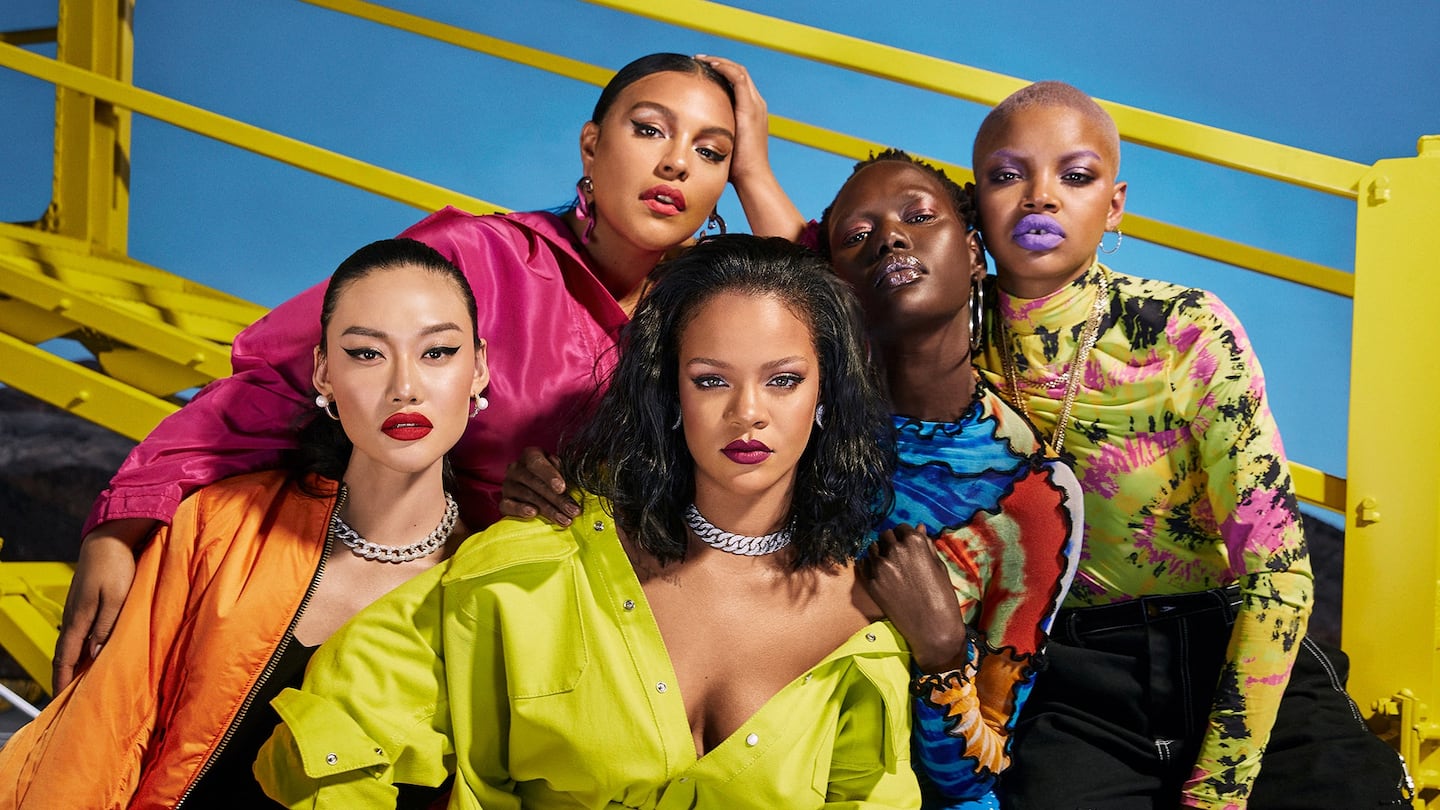
The Business of Fashion
Agenda-setting intelligence, analysis and advice for the global fashion community.

Agenda-setting intelligence, analysis and advice for the global fashion community.

The Chinese agency that regulates drugs and medical devices says imported ordinary cosmetics will no longer be tested on animals, as of May 1, according to a notice posted on the National Medical Products Administration website.
Authorities have been reviewing the animal testing rules since last year, and these revisions will level the playing field with domestic Chinese manufactured goods, which have been exempt from animal testing since 2014, and French cosmetic companies, which were the first to be exempt from mandatory animal testing in January of this year.
This opens the door for a slew of cruelty-free brands from Fenty Beauty to Drunk Elephant to enter the massive Chinese market, which is the second largest market for beauty consumption in the world, behind only the US.
Many brands have held back from a full-throttle China market entry to this point on principle, electing to sell products cross-border and ship from internationally or from warehouses in China’s free trade zones, rather than more formally import products to be sold in physical stores or via domestic e-commerce operations (which would have left them open to animal tests from regulators).
ADVERTISEMENT
According to the new regulations, international brands will now be exempt from mandatory animal testing if: They provide relevant quality certifications from their country-of-origin; their products are not aimed at children or babies; their products don’t contain any raw materials not included in China’s approved raw materials list; and the applicant, China representative and producer of the products have not been flagged as requiring further supervision by authorities.
With consumers tightening their belts in China, the battle between global fast fashion brands and local high street giants has intensified.
Investors are bracing for a steep slowdown in luxury sales when luxury companies report their first quarter results, reflecting lacklustre Chinese demand.
The French beauty giant’s two latest deals are part of a wider M&A push by global players to capture a larger slice of the China market, targeting buzzy high-end brands that offer products with distinctive Chinese elements.
Post-Covid spend by US tourists in Europe has surged past 2019 levels. Chinese travellers, by contrast, have largely favoured domestic and regional destinations like Hong Kong, Singapore and Japan.